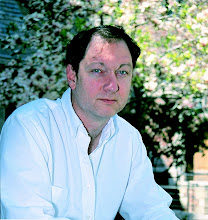The real aim of campaign finance reform?
That year, Sen. Gene McCarthy's anti-Vietnam insurgency disturbed the Democratic Party's equilibrium by mounting a serious challenge to the renomination of President Lyndon Johnson. McCarthy was able to do that only because a few wealthy people gave him large contributions. Democrats also were alarmed by former Alabama governor George Wallace's success in 1968, and they mistakenly assumed that Wallace, too, was mostly funded by a few very large contributions.
According to John Samples of the Cato Institute (in his book " The Fallacy of Campaign Finance Reform"), congressional Democrats began the process that culminated in criminalizing large contributions -- the kind that can give long-shot candidates, such as Vilsack, a chance to become competitive. Yes, the initial aim of campaign "reforms" was less the proclaimed purpose of combating corruption or "the appearance" thereof than it was to impede the entry of inconvenient candidates into presidential campaigns. In that sense, campaign reform is a government program that has actually worked, unfortunately. . . .
Labels: CampaignFinanceRegulation







0 Comments:
Post a Comment
Links to this post:
Create a Link
<< Home